BBC Research Department and the LS3/5A
The design work for the LS3/5 (without the “A”) was done in-house by BBC Research Department at Kingswood Warren under Dudley Harwood. The work was inspired by Research Department’s acoustic modelling work. For a full account please see The Little Legend.
The Little Legend refers to the work done at Kingswood Warren to model the design of studios using scale modelling. The loudspeaker made especially for the project was influential in the decision to develop a new minature monitoring loudspeaker. In, How to get Perfect Acoustics, from BBC Tomorrow’s World made in 1970 so about 4 years before the very first LS3/5A, the experimental loudspeaker that inspired the LS3/5A is shown from 5`45″ from the start.
Thanks to Derek Hughes, son of Spencer Hughes of Spendor for these photographs of a very early BBC prototype which was produced about 1972
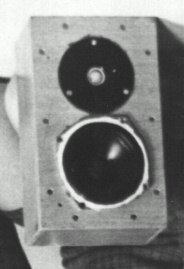

And thanks to Terry Miles who showed me this early ex-BBC Research Department prototype LS3/5 which was given to him by Spencer Hughes of Spendor. It was fantastic to see and handle this speaker which would certainly have been worked on by Spencer and by Dudley Harwood during the development of the LS3/5A. Note the blocked hole in the front panel which suggests that perhaps tests were done on a Bass-Reflex enclosure before the design settled on a sealed cabinet. The crossover is BBC type FL6/16 and the unit uses the KEF B110 and T27
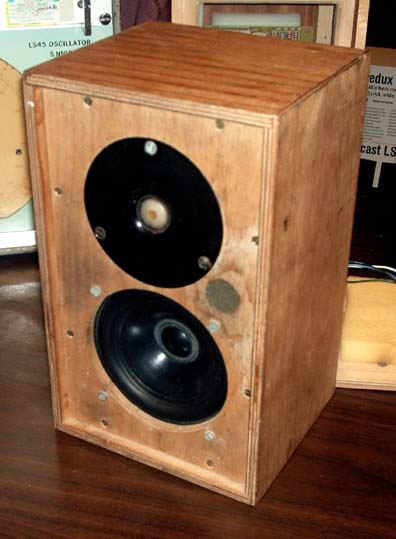


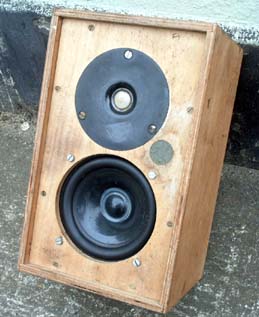
The BBC made about 20 pairs of LS3/5s in house and put them into service in television outside broadcast vans before they invited outside manufacturers to apply for a licence. Rogers (under Jim Rogers) intended to manufacture the speaker and issued a press release in February 1974.
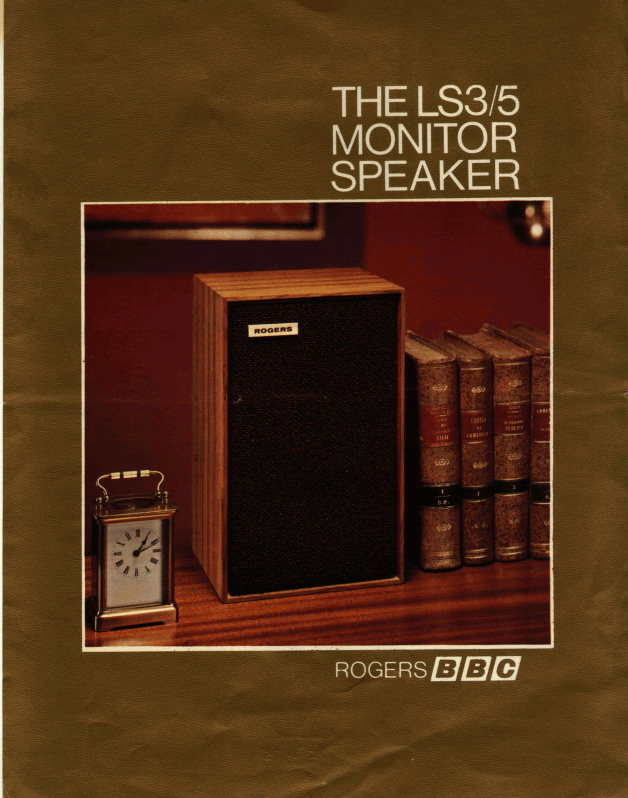

The Kingswood Warren staff LS3/5As
The LS3/5 was developed by BBC Research Department at Kingswood Warren. The design was fine tuned by measuremant, by compasison with the LS5/8 Grade A monitor and also with live sources including orchestras. As a result the development costs were very high and a figure of about £100,000.00 has been often used as an estimate. At 2011 values this is equivalent to between one and two million pounds sterling! Jim Finnie who worked at Research Department told me that the design team would often argue for a week over a change to the speaker that resulted in a 1dB change in its response.
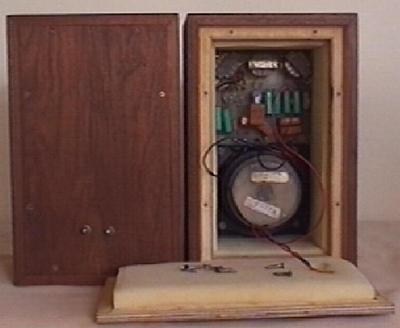
Several of the staff were very enthusiastic about the project and built their own pairs, fine tuning them for best performance. In addition the department made some pairs for use as references in house. These can arguably be considered the unlimate small monitoring loudspeaker, they were so finely tuned. Indeed the very tight tolerances required would prove a problem when it came to putting the speaker into production.
Jim Finnie owns a pair of these very special early KW loudspeakers. They can be considered the ultimate LS3/5As because they came out of BBC Research Department and do not contain the modifications introduced later by BBC Design Department. The drive units were highly selected and because of this the crossovers contain fewer components. Jim was one of the staff who bought the parts to make his own pair. Jim’s speakers were built with the help of the expert technicians at K.W. having heard them I can confirm that they are absolutely superb.
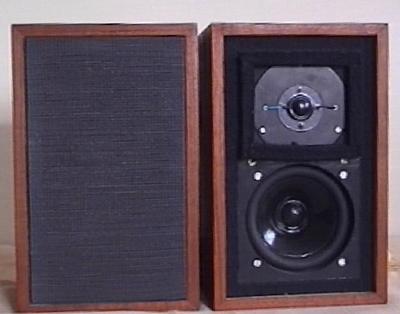
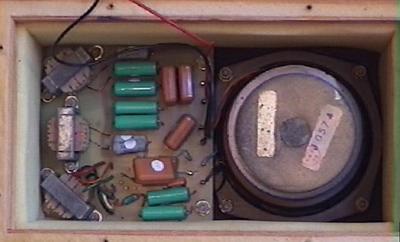
I am indebted to Jim Finnie for allowing me to use the photographs of his KW LS3/5As.
Next page: BBC Design Department
